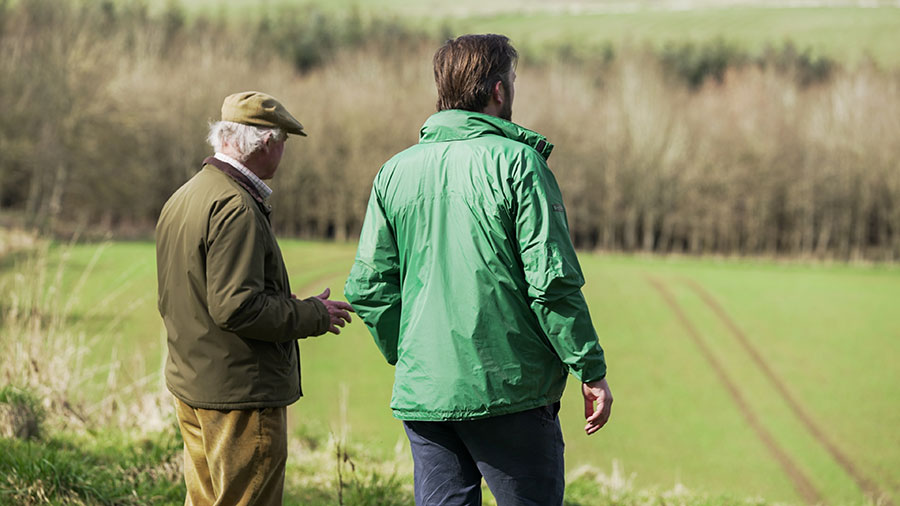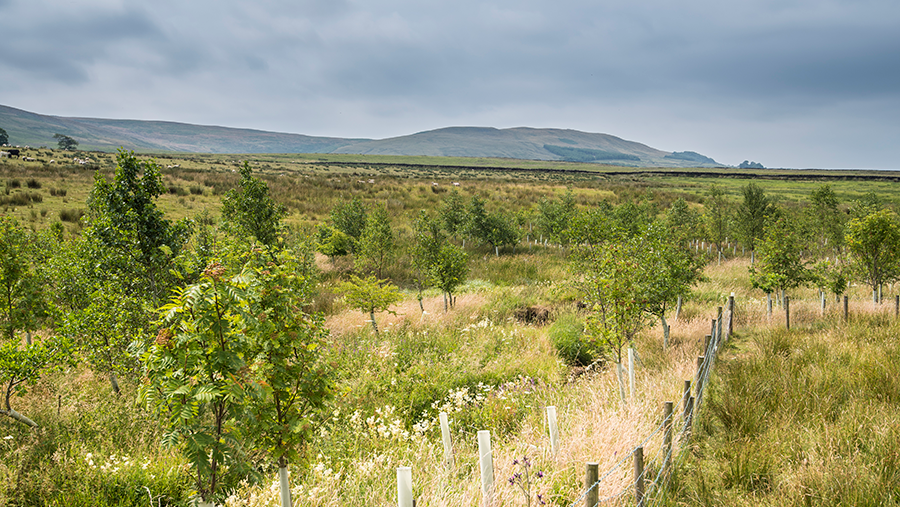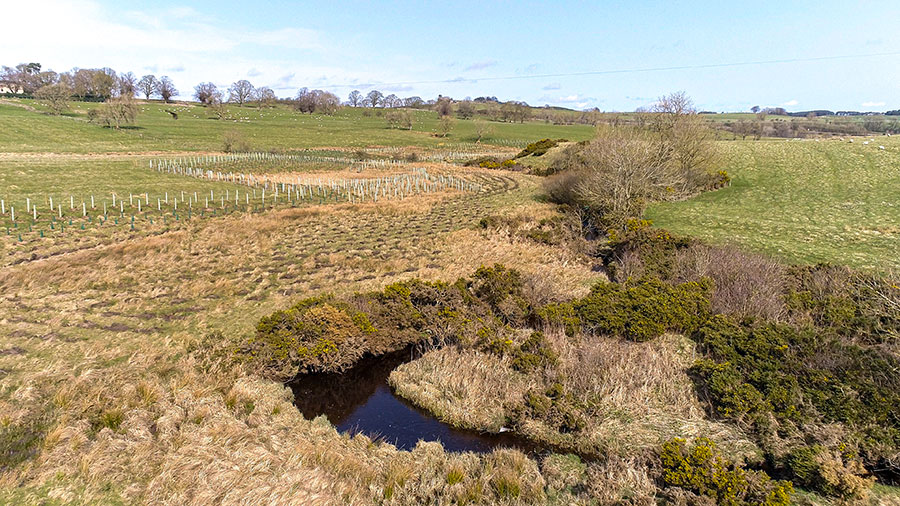Advertiser content
Get funding worth over £10,000/ha for creating woodland
Provided by
Farmers and land managers could receive over £10,000/ha for planting new woodland in appropriate places. So what does it involve?
Provided by Defra and the Forestry Commission.
 © The Forestry Commission
© The Forestry Commission Planting trees can yield significant benefits to farmers and their land; and it doesn’t have to take up productive space, either.
Under the England Woodland Creation Offer, farmers and land managers could receive over £10,000/ha for creating new woodland, whether that’s a large mixed wood or a combination of smaller plots on marginal land.
This means that farmers can continue to produce food on prime land while also enjoying the benefits of extra trees. These range from financial rewards to cleaner water, healthier livestock and improved biodiversity. The flexible grant also enables them to make the right choices for their business.
“It allows farmers and landowners to create a woodland that meets their own objectives,” says Forestry Commission chair, Sir William Worsley. “It gives everyone the opportunity to see woodland creation as a financially and environmentally rewarding option, which will help with our journey to reach net zero by 2050.”

© The Forestry Commission
Modular payments
So how does the England Woodland Creation Offer work? A modular scheme, it recognises the social and environmental benefits of woodlands. It offers financial incentives to help farmers and land managers to plant the right tree, in the right place, for the right reason. And there are experts on hand to offer advice at every step, and to guide farmers through the application process.
Applicants can enter a minimum of one hectare of land, which can be made up of smaller plots, from 10m wide and 0.1ha in area. The grant covers standard capital costs up to £8,500 per hectare, which includes saplings and tree protection like fences or guards. Further funding is available towards installing infrastructure for operational or recreational access (eg roads and footpaths). It can also cover costs associated with natural colonisation (encouraging trees to establish from naturally dispersed seeds).
Payments are also available for increasing public access to the land or planting trees close to communities. And there’s extra funding for woodland creation that benefits wildlife and improves nature recovery, or that helps to reduce flood risk, shade watercourses, or improve water quality.
Each of the extra payments could be worth from £400 to £2,800/ha, meaning that in total applicants could get over £10,000 for every hectare planted. In addition, the scheme contributes £300/ha annually towards maintenance costs for up to 10 years. Importantly, entering into the England Woodland Creation Offer now does not stop farmers from transferring, penalty free, to environmental land management schemes, such as Local Nature Recovery or the Sustainable Farming Incentive once they open up in the future.
Free advice and support
The scheme is open to owner occupiers, tenants, landlords and licensors who have full management control of the land – which can be privately or publicly owned. Applications can be made at any time of year, with the help of local Forestry Commission woodland creation officers. Each applicant will receive a visit from their local officer to help with the choice of land and tree type, and to guide them through all available grant funding options.
Funding is also available to support the design and planning of new woodland if it is 5ha or more.
To find out more about the England Woodland Creation Offer and how to apply – visit www.gov.uk/woodland-creation.

© The Forestry Commission
Why plant trees?
Financial benefits:
- Generate additional income / timber sales
- Diversify into new business opportunities
- Increase farm productivity / make best use of marginal land
- Sell carbon credits
- Create a lasting legacy to benefit you and future generations
- Can be transferred to a future environmental land management scheme
Environmental benefits:
- Improve the environment and biodiversity
- Protect against and mitigate climate change
- Reduce soil erosion
- Shelter livestock
- Protect against flood risk
- Reduce chemical run-off to nearby water and capture pollutants
- Shade watercourses to improve riparian habitats and aquatic ecology

